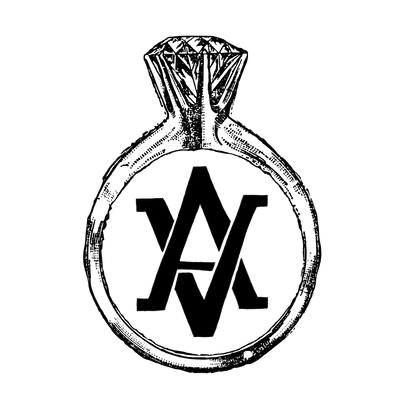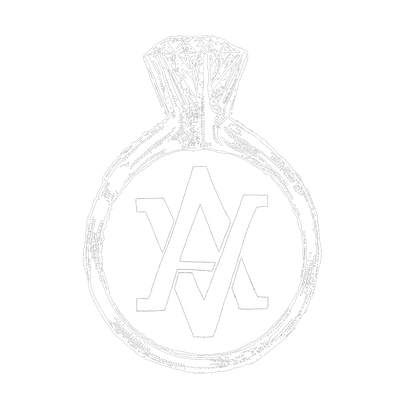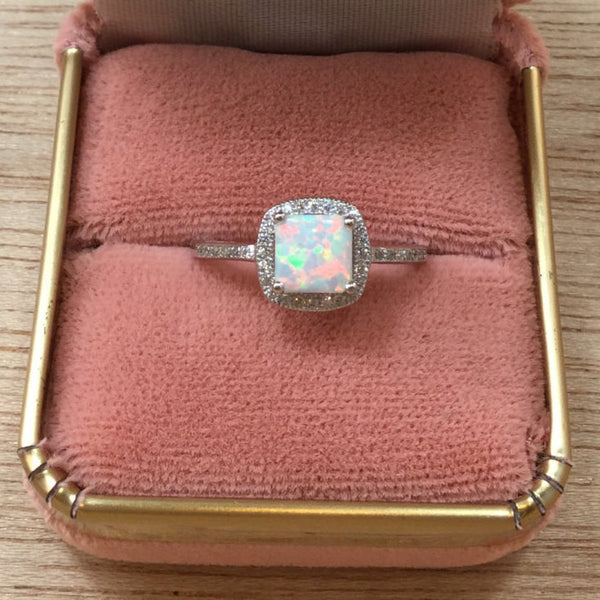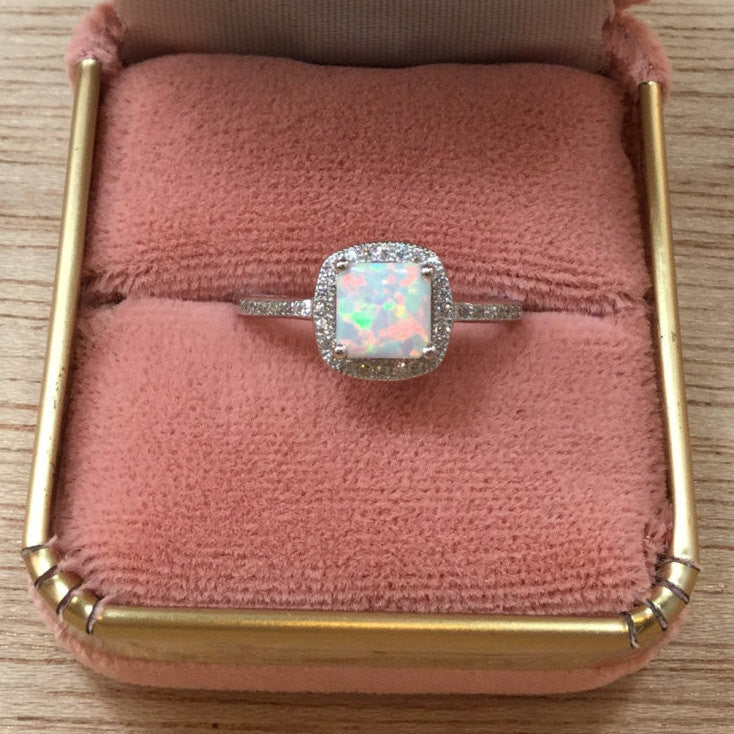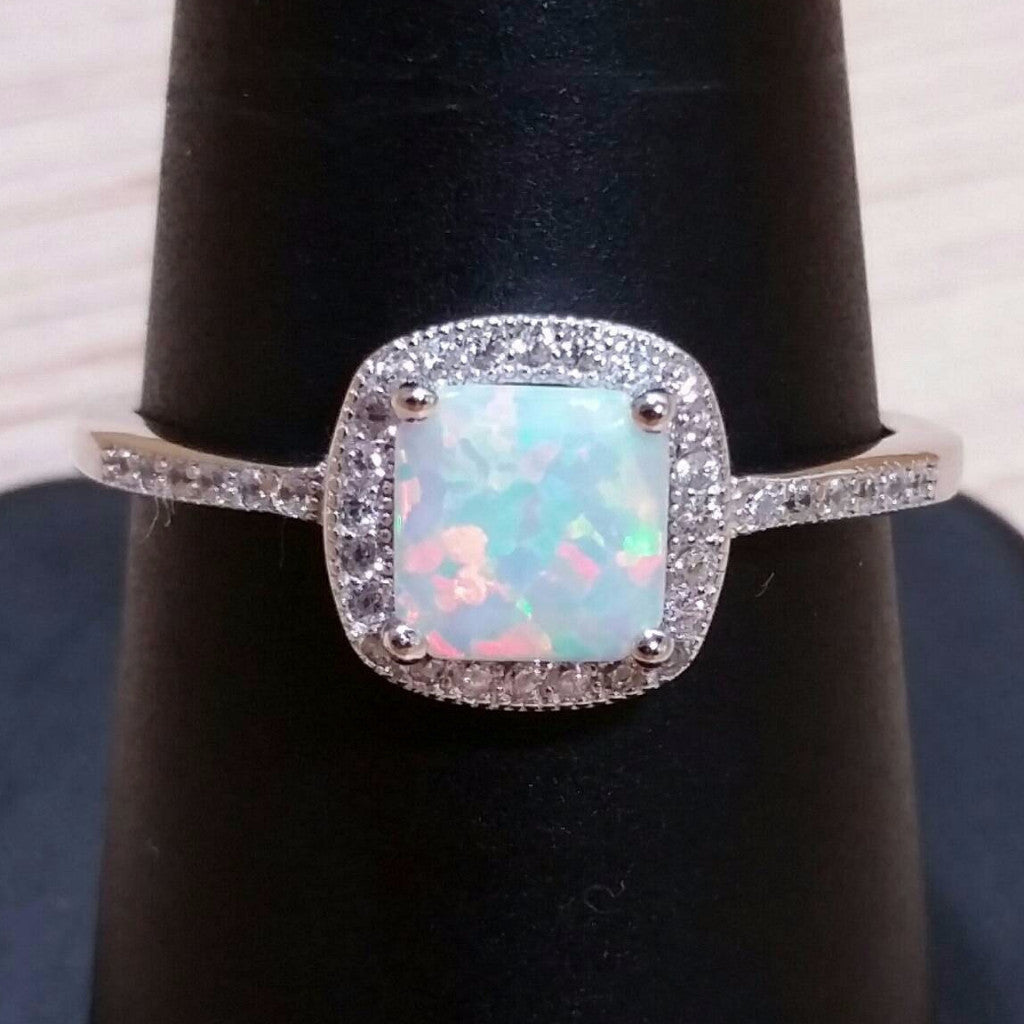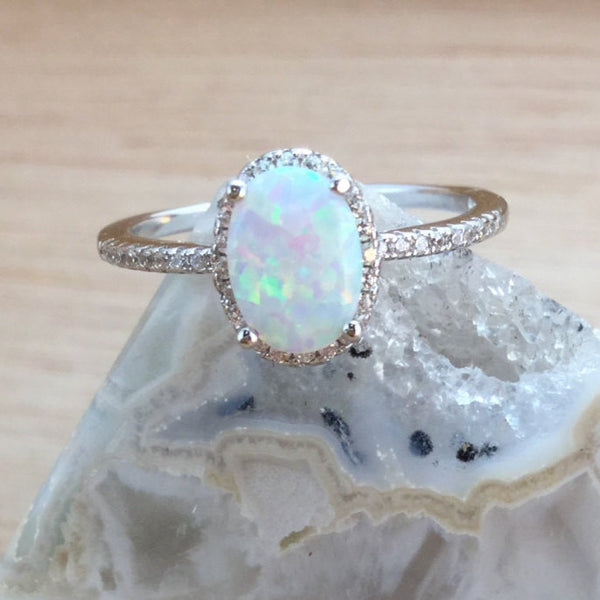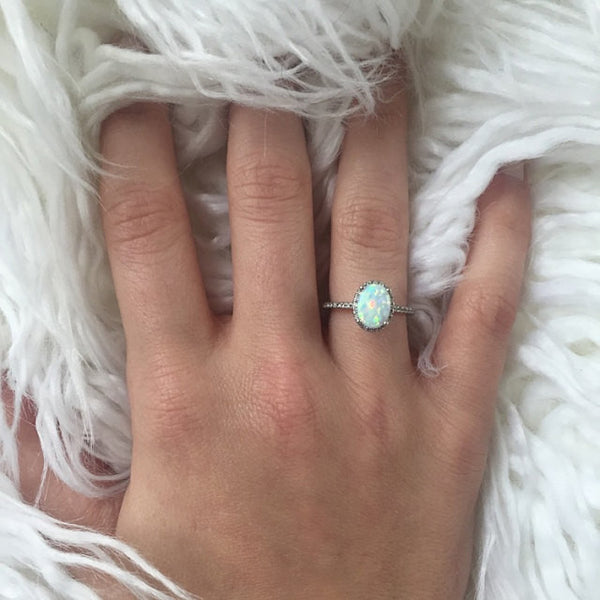14k Gold Ankh Ring
$425.00
- METAL: 14k Gold (Nickel Free and Lead Free)
- SIZE(s): 4, 4¼, 4½, 4¾, 5, 5¼, 5½, 5¾, 6, 6¼, 6½, 6¾, 7, 7¼, 7½, 7¾, 8, 8¼, 8½, 8¾, 9
Free Shipping, Ready-to-Gift in Cherry Wood Gift Box
This ring has a processing time of 7 business days which means that your order will ship 7 business days or less form the day you place your order.It will be shipped using USPS 1-3 day Priority U.S. Shipping with Tracking, Insurance and Signature Confirmation.
This ring is made to order. Which means we do not begin making the ring until you place the order for your desired custom size. For these reasons, the purchase of this ring is considered to be a Custom Order and is not eligible for returns. Therefore, it’s imperative that you know your ring size. If you do not know your ring size, please go to a professional jeweler and have your ring size measured. They usually will do it for free.
Although we recommend having your ring size measured professionally, if you do not wish to do that we do sell a reusable DIY ring sizer you can use to measure your own ring size from home and it can be found here: https://alphavariable.com/products/diy-ring-sizer-1
If you already have a ring that you know fits you, then you can also use this ring chart to estimate your ring size: https://www.tiffany.com/Shared/PDFs/RingSizer.pdf You must follow the instructions carefully to ensure an accurate reading.
If you have any other questions about determining your ring size, please send us a message or email us at AlphaVariable@gmail.com.
WHAT IS AN ANKH?
The ankh (/ˈæŋk/ or /ˈɑːŋk/; Egyptian ˁnḫ), also known as crux ansata (the Latin for "cross with a handle") is an ancient Egyptian hieroglyphic ideograph with the meaning "life".
The Egyptian gods are often portrayed carrying it by its loop, or bearing one in each hand, arms crossed over their chest. The ankh appears in hand or in proximity of almost every deity in the Egyptian pantheon (including Pharaohs).
The ankh symbol was so prevalent that it has been found in digs as far as Mesopotamia and Persia, and even on the seal of the biblical king Hezekiah.[1]
The symbol became popular in New Age mysticism in the 1960s.
The ankh appears frequently in Egyptian tomb paintings and other art, often at the fingertips of a god or goddess in images that represent the deities of the afterlife conferring the gift of life on the dead person's mummy; this is thought to symbolize the act of conception.[citation needed] Additionally, an ankh was often carried by Egyptians as an amulet, either alone, or in connection with two other hieroglyphs that mean "strength" and "health" (see explication of djed and was, above).[citation needed] Mirrors of beaten metal were also often made in the shape of an ankh, either for decorative reasons or to symbolize a perceived view into another world.[citation needed]
A symbol similar to the ankh appears frequently in Minoan and Mycenaean sites[where?]. This is a combination of the sacral knot (symbol of holiness) with the double-edged axe (symbol of matriarchy)[9] but it can be better compared with the Egyptian tyet which is similar. This symbol can be recognized on the two famous figurines of the chthonian Snake Goddess discovered in the palace of Knossos. Both snake goddesses have a knot with a projecting loop cord between their breasts.[10] In the Linear B (Mycenean Greek) script, ankh is the phonetic sign za.[11]
Crux ansata in Codex Glazier
The ankh also appeared frequently in coins from ancient Cyprus and Asia Minor (particularly the city of Mallus in Cilicia).[12] In some cases, especially with the early coinage of King Euelthon of Salamis, the letter ku, from the Cypriot syllabary, appeared within the circle ankh, representing Ku(prion) (Cypriots). To this day, the ankh is also used to represent the planet Venus (the namesake of which, the goddess Venus or Aphrodite, was chiefly worshipped on the island) and the metal copper (the heavy mining of which gave Cyprus its name).
Coptic Christians preserved the shape of the ankh by sometimes representing the Christian cross with a circle in place of the upper bar. This is known as the Coptic ankh or crux ansata. (Source Wikipedia)
Customer Reviews
Related Items
Opal Square Ring
$20.00
METAL: Sterling Silver .925 (Nickel Free Lead Free) STONE: White Lab Opal 6mm SIZE(s): 5, 6, 7, 8, 9, 10, 11¼, 12¼, 13¼ Shipped Ready to Gift in FREE Gift Box Gift Box Upgrades Available Here: https://alphavariable.com/collections/gift-boxes
View full product detailsOpal Ring with Halo
$36.00
METAL: Sterling Silver .925 (Nickel Free & Lead Free) STONE: White Lab Opal (October Birthstone) SIZES: 4, 5, 6, 7, 8, 9, 10, 11, 12 DIMENSIONS: Silver Band: approximately 1 mm wide; Stone(s), Opal: 8 mm x 6 mm x 1.5 mm; Cubic...
View full product detailsOpal Engagement Ring
$36.00
METAL: Sterling Silver .925 (Nickel Free & Lead Free) STONE: White Lab Opal (October Birthstone) SIZES: 4, 5, 6, 7, 8, 9, 10¼, 11¼, 12¼ DIMENSIONS: Silver Band: approximately 1 mm wide; Stone(s), Opal: 8 mm x 6 mm x...
View full product detailsDIY Ring Sizer
Sold Out $1.00
Measure your own ring size from home! This World Famous Multisizer is widely used in homes and jewelry stores across the country for a quick and easy way determine your ring size! It works just like a belt! Push the...
View full product detailsFollow
U.S. SHIPPING
First Class Shipping
3-5 Business Day Estimated Delivery
Priority Shipping
1-3 Business Day Estimated Delivery
Express Shipping
1-2 Business Day Estimated Delivery
INTERNATIONAL SHIPPING
6-12 Business Day Estimated Delivery
